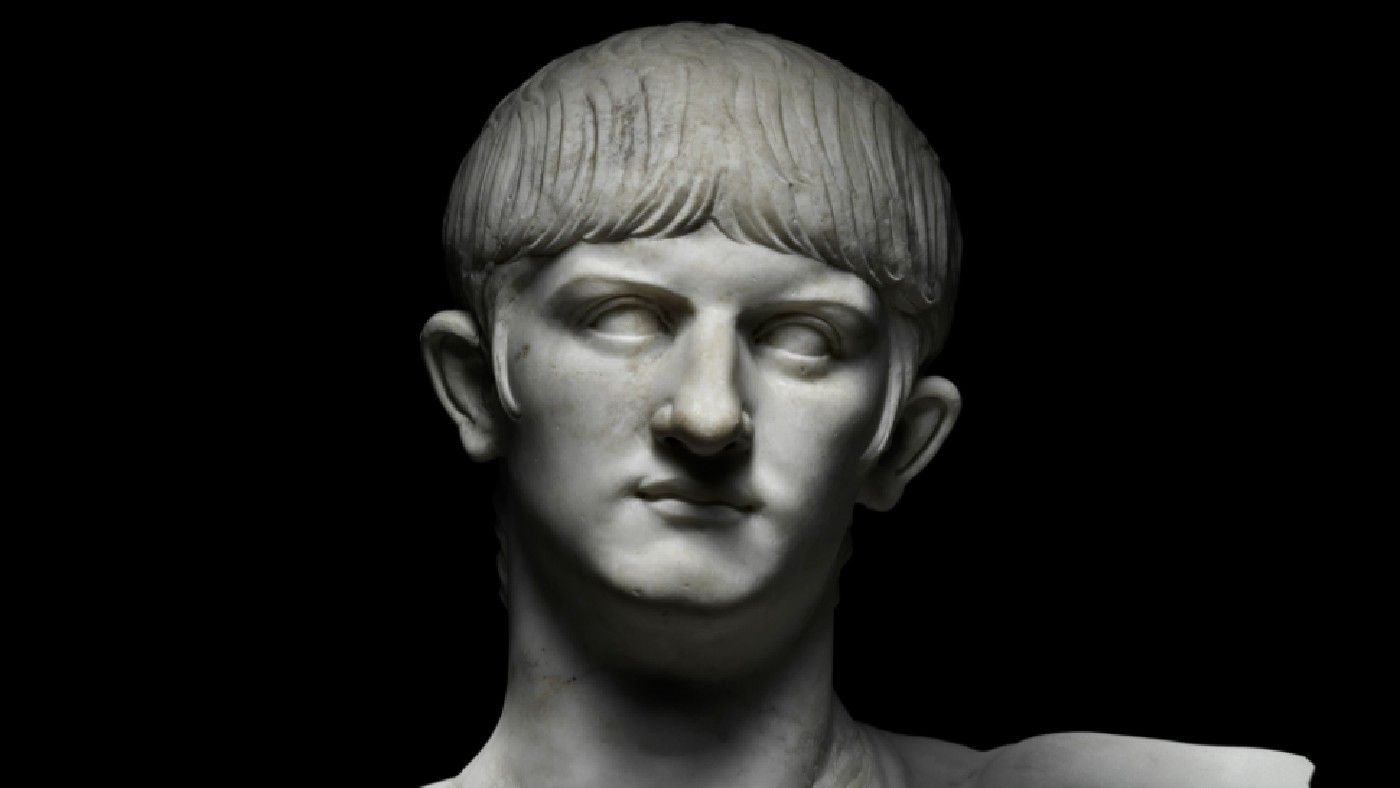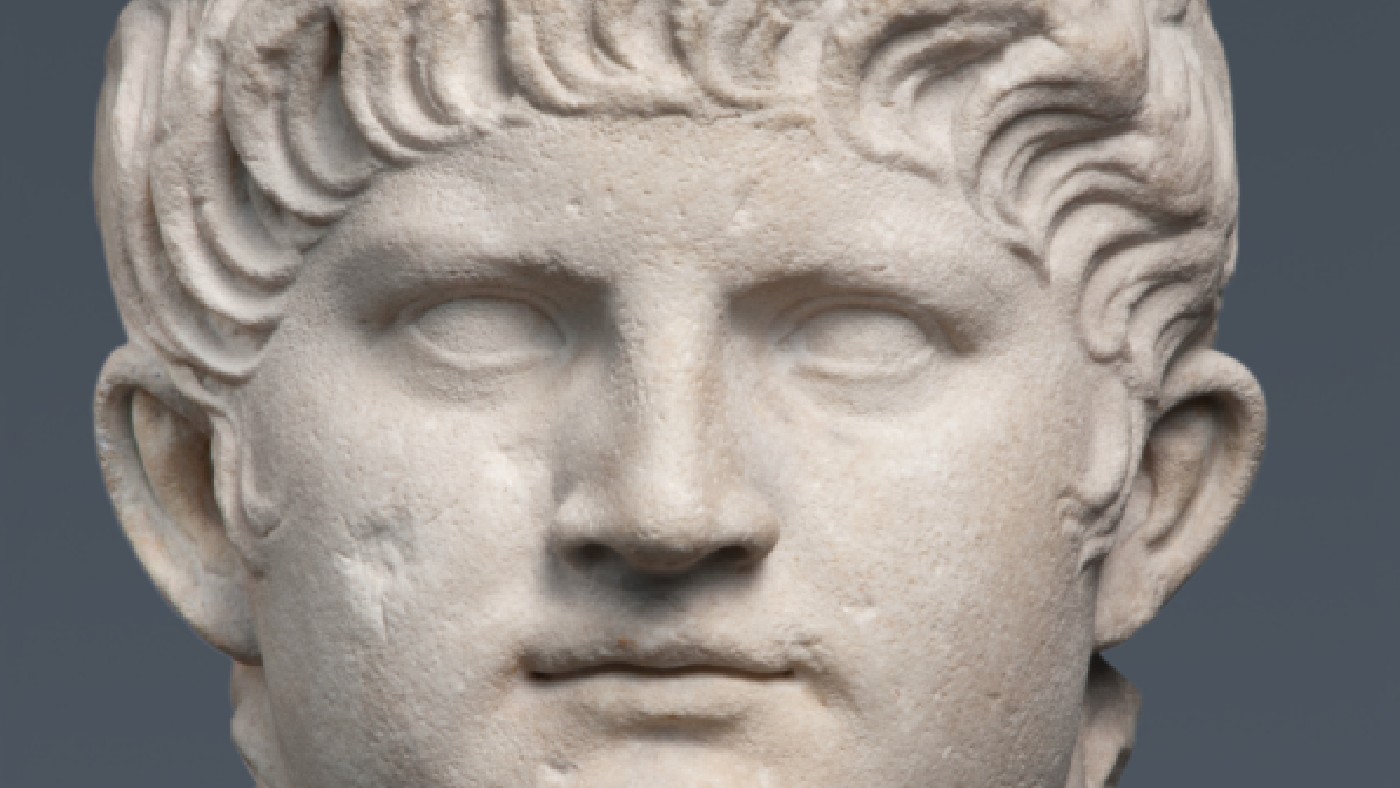What are the critics saying about the British Museum’s Nero exhibition?
The show attempts to completely rewrite the story of a historical monster. Can it possibly succeed in setting the record straight?

Few figures in history are quite as notorious as the first century Roman emperor Nero, said Farah Nayeri in The New York Times. “The charge sheet against him is long and familiar”: Nero is seen as the “prototypical tyrant”, a “bloodthirsty pyromaniac” who murdered his half-brother, two of his wives and his mother – with whom he also conducted an “incestuous relationship”. He supposedly revelled in excess, slaughtered Christians by the hundreds, and infamously played music as Rome burned; it was even rumoured that he himself had started the fire in order to pave the way for a gargantuan new palace.
Yet this new exhibition at the British Museum argues that most of what we think we know about Nero is wrong. Far from being a sadistic tyrant, the curators suggest, Nero was a reasonably enlightened ruler who strove to serve the needs of the people over those of the “Roman elite”. That elite, it seems, cultivated the myth of the emperor’s wickedness when his social reforms started to threaten their status.
Bringing together more than 200 stellar exhibits, including “sculptures and architectural fragments, coins and jewels, frescoes and writing tablets”, the show attempts to completely rewrite the story of a historical monster. Can it possibly succeed in setting the record straight?
The Week
Escape your echo chamber. Get the facts behind the news, plus analysis from multiple perspectives.

Sign up for The Week's Free Newsletters
From our morning news briefing to a weekly Good News Newsletter, get the best of The Week delivered directly to your inbox.
From our morning news briefing to a weekly Good News Newsletter, get the best of The Week delivered directly to your inbox.
The show is “a provocative, brilliant polemic”, said Alastair Sooke in The Daily Telegraph. One by one, it takes apart the myths that surround its subject, arguing that they were largely fabrications spun by “hostile” historians writing on behalf of “imperial regimes that sought to shore up their own legitimacy by denigrating what had come before”. According to Suetonius, for instance, Nero kicked his pregnant wife Poppaea to death for reprimanding him. Not so, the show insists: it is far likelier that she died in childbirth, leaving the emperor “beside himself with grief”. And far from fiddling as his capital burned, Nero, we learn, wasn’t even in the city when flames engulfed it.

Beyond debunking myths, the show also demonstrates that its subject “wasn’t half bad as a leader”: he built on a massive scale and ruled with sensitivity. He lowered taxes, built public baths and handed out bread to Rome’s poor. One particularly “evocative” section suggests that following the suppression of Boudica’s rebellion (c. AD 60), Nero “sought to ease tensions, not exact revenge”. All this is “thoroughly exciting”. However, you do occasionally get the sense that the show goes too far with its “revisionist zeal”.
“I can’t say I left this show particularly convinced,” said Rachel Campbell-Johnston in The Times. Hard as the curators try to prove Nero’s innocence, the evidence to the contrary is strong. We see a set of gang chains used to shackle enslaved Britons – a reminder of the emperor’s “conquering brutality”. Elsewhere, a “sentimentalised sculpture of a sleeping slave boy cannot detract from the fact that, after the murder of a senator by one of his servants, Nero backed a decision to have every slave in the household killed”.
Even so, the exhibits are wonderful, and the show is fascinating “about the ways in which history is told”: the most famous likeness of Nero, we learn, was re-carved posthumously to make him look crueller. This is a “wonderfully evocative exhibition” that makes “history feel vividly alive”.
A free daily email with the biggest news stories of the day – and the best features from TheWeek.com
British Museum, London WC1 (britishmuseum.org). Until 24 October
-
 All roads to Ukraine-Russia peace run through Donetsk
All roads to Ukraine-Russia peace run through DonetskIN THE SPOTLIGHT Volodymyr Zelenskyy is floating a major concession on one of the thorniest issues in the complex negotiations between Ukraine and Russia
-
 Why is Trump killing off clean energy?
Why is Trump killing off clean energy?Today's Big Question President halts offshore wind farm construction
-
 8 restaurants that are exactly what you need this winter
8 restaurants that are exactly what you need this winterThe Week Recommends Old standards and exciting newcomers alike
-
 Nine best TV shows of the year
Nine best TV shows of the yearThe Week Recommends From Adolescence to Amandaland
-
 Winter holidays in the snow and sun
Winter holidays in the snow and sunThe Week Recommends Escape the dark, cold days with the perfect getaway
-
 The best homes of the year
The best homes of the yearFeature Featuring a former helicopter engine repair workshop in Washington, D.C. and high-rise living in San Francisco
-
 Critics’ choice: The year’s top 10 movies
Critics’ choice: The year’s top 10 moviesFeature ‘One Battle After Another’ and ‘It Was Just an Accident’ stand out
-
 A luxury walking tour in Western Australia
A luxury walking tour in Western AustraliaThe Week Recommends Walk through an ‘ancient forest’ and listen to the ‘gentle hushing’ of the upper canopy
-
 Joanna Trollope: novelist who had a No. 1 bestseller with The Rector’s Wife
Joanna Trollope: novelist who had a No. 1 bestseller with The Rector’s WifeIn the Spotlight Trollope found fame with intelligent novels about the dramas and dilemmas of modern women
-
 Appetites now: 2025 in food trends
Appetites now: 2025 in food trendsFeature From dining alone to matcha mania to milk’s comeback
-
 Man vs Baby: Rowan Atkinson stars in an accidental adoption comedy
Man vs Baby: Rowan Atkinson stars in an accidental adoption comedyTalking Point Sequel to Man vs Bee is ‘nauseatingly schmaltzy’